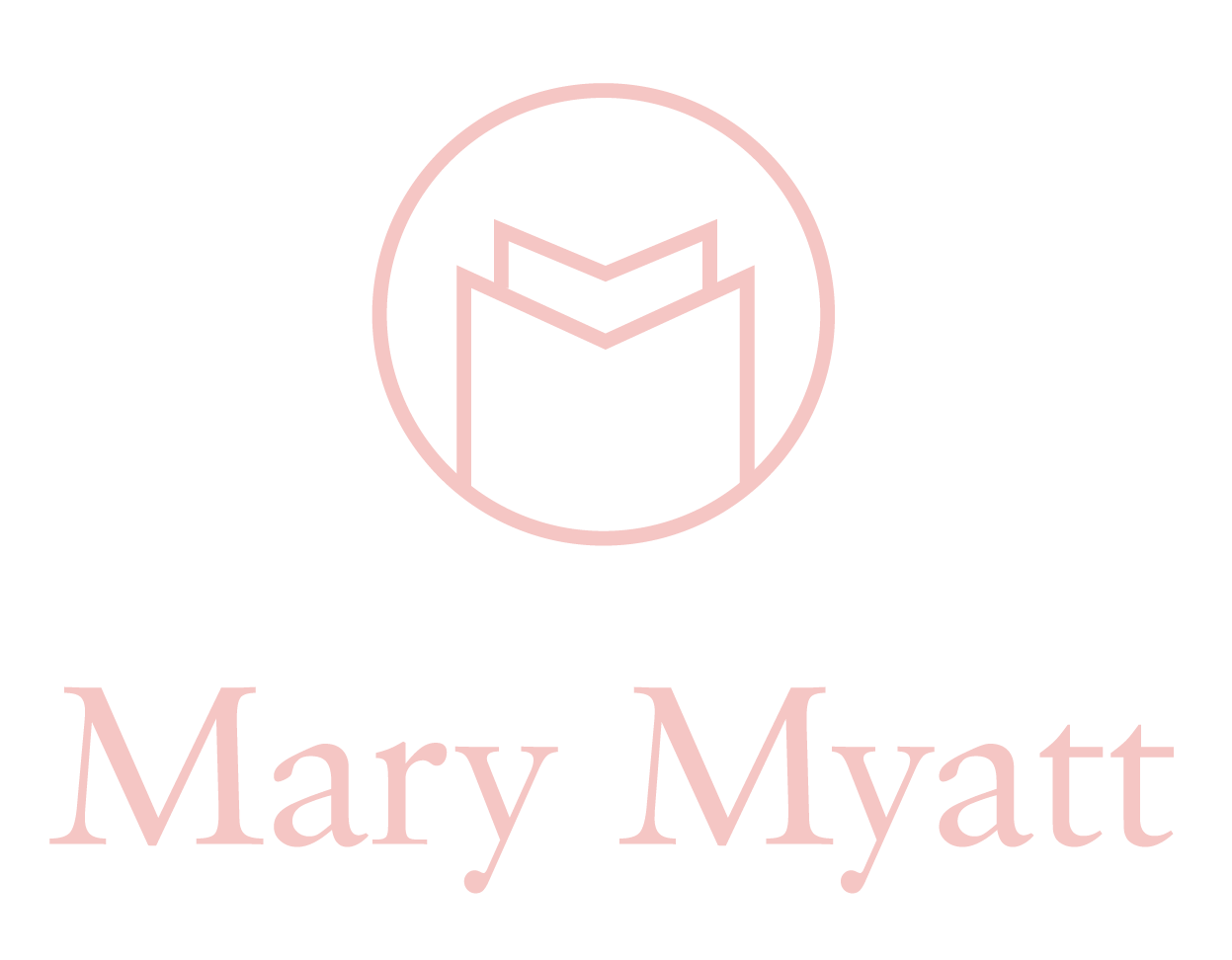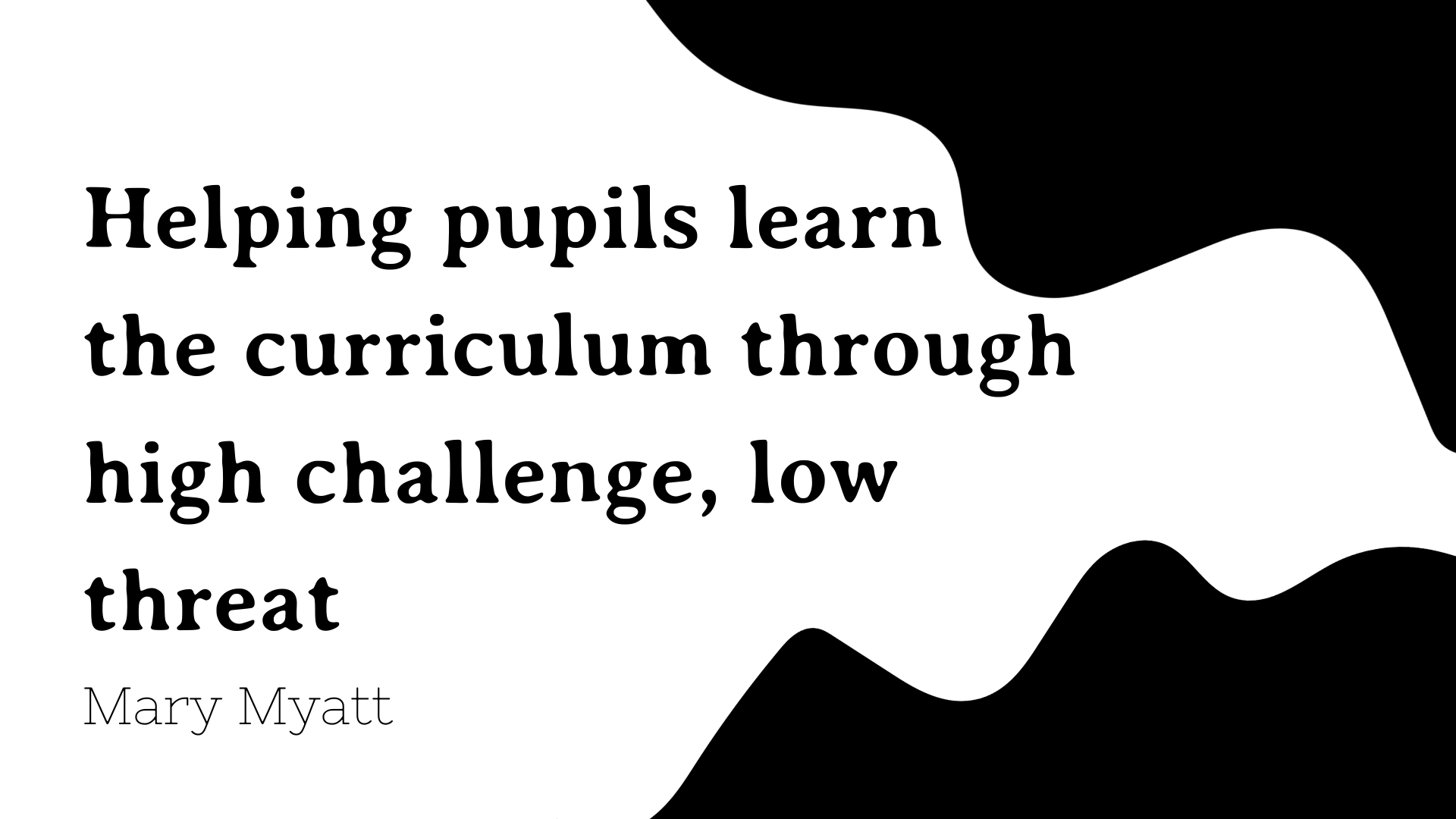High challenge, low threat
We are a challenge seeking species. We all know someone, and it might even be us who spends some of their downtime working on a crossword, doing a sudoku, a puzzle or a word search. Why are we spending money and time on things which are essentially 'testing' ourselves? Companies make a small fortune out of the fact that we like 'testing' ourselves. What is that about? Is it because we enjoy the deep satisfaction of struggling with something, thinking hard about it, getting it wrong, going back and correcting it, realising our mistake and then getting it right?
Critical to this ‘testing’ is that it is done in private. No-one is watching, no-one is making us feel a muppet. We get cross with ourselves, but what’s different is that there is no-one out there pointing at us and making us feel inadequate. The struggle and the joy are personal, private things. And we choose whether to share our pleasure at having worked something out with others. Who are going to be pleased for us. We can tap into this deep satisfaction of grasping difficult things and doing them well. The struggle is part of the process. But what is crucial is that this is not a public, humiliating struggle which dehumanises the person, it is the private conversations we have with ourselves about what is working and what isn’t. The second strand to be considered here is that the circumstances are always low threat. No-one else can see our struggling to get the solution. No-one is pointing the finger. It is when we feel safe at this deep level that we are prepared to risk things and have a go.
If we are a challenge seeking species, how does this translate into practice? Many leaders talk about the challenge and why it is satisfying. And that sometimes we don't get the right answer, but the journey is always worth it, for the deep satisfaction and insights that it brings. And sitting alongside that is that notion that making mistakes are good. Health and safety aside, which of course must never be compromised, mistakes are a trigger for new learning. Increasingly we know from cognitive science that we need to learn something, forget it, come back and learn it again. As a result deep connections and are made. But it is in the struggle of the challenge, when we are working our imaginative muscles that the real work of learning takes place.
How does this translate into the classroom? The assumption is that we are hard-wired to enjoy challenging, interesting things to think about. This territory is characterised by dilemmas, problems, puzzles, questions that have no obvious, immediate answer. Underpinning this way of working is asking questions. So, many teachers are reframing their planning for learning around big questions. Big questions are a tease, because the answer is not there immediately. Learners have got to do some deep work to get there, often by trial and error. They offer these to their classes and ask them to consider what might be going on here. What are some of the questions we might have about this, what will we need to do to find out the answers? How are we going to get some deep work going?
The interesting thing about questions is that they have enormous power. Not only in terms of opening up a curriculum, but in terms of being highly motivating. If I have asked a question or pondered what might be going on, I have an incentive not only to find the answer but to persevere in the process. The answers matter because I have invested in the questions. This is what happens when high expectations for learning mean that we want to get to the meat of the matter and it is going to take some tough work to get there. But the questions asked provide the context for high challenge, low threat. There is no such thing as a stupid question, as long as it is legal, decent and honest and is related to the matter in hand.






